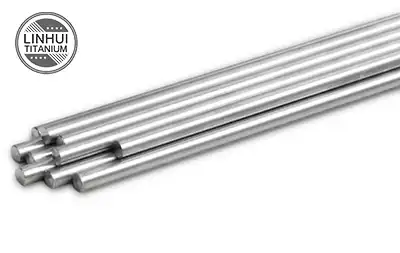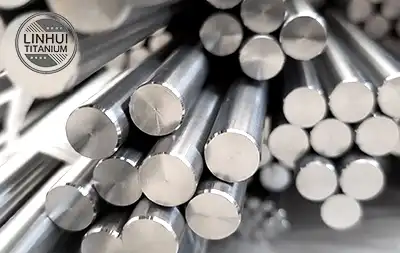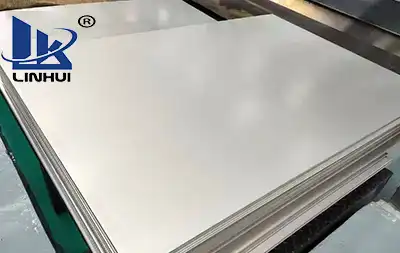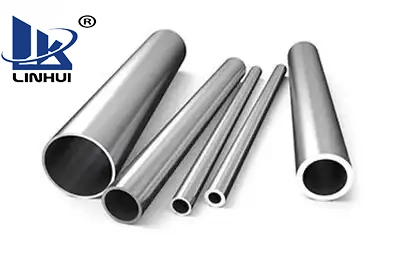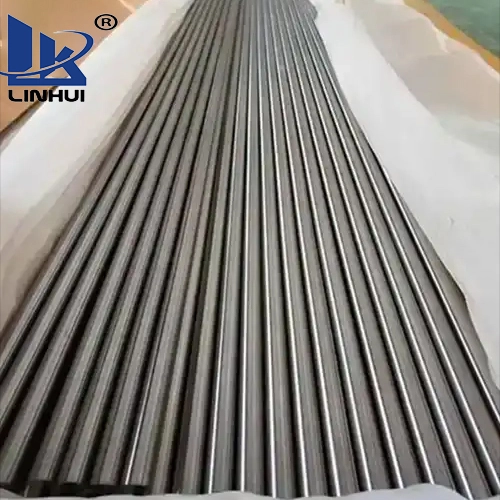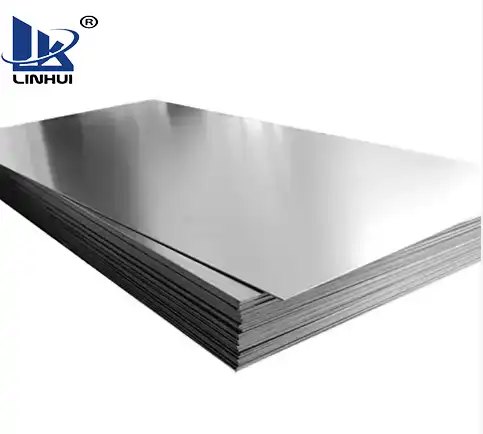The lattice type, melting point, thermal conductivity, coefficient of linear expansion and chemical composition of copper and titanium plates are very different, so there are great difficulties in welding.

1, the weld is easy to form pores
(1) copper and titanium high temperature hydrogen absorption is very strong, hydrogen in the liquid state of copper and titanium in a larger solubility.
(2) high-temperature metallurgical reaction within the molten pool of gas.
(3) Oxygen and nitrogen gases around the welding zone into the molten pool. Molten pool crystallization process, the gas can not all escape the surface of the molten pool, remaining in the weld to form pores.
2, welded joints crack tendency
Copper and titanium welding, in the two parent metal side of the metal can form a common crystal and hydride, easy to produce cracks under the action of welding stress.
(1) copper and bismuth form eutectic point of 270 ℃ (Cu + Bi) eutectic.
(2) copper and aluminum to form a eutectic point of 326 ℃ (Cu + Pb) eutectic.
(3) Copper and ferrous sulfide form a co-crystal of (Cu+Cu2O) with a eutectic point of 1067℃.
(4) Formation of flaky hydride TiH2 on the metal side of titanium base material, resulting in hydrogen embrittlement.
(5) copper and titanium line expansion coefficient difference of more than 1 times, welding will produce greater stress.
3, low mechanical properties of welded joints
(1) oxide film can weaken the intergranular combination of copper and titanium, such as welds containing oxygen up to 0.38%, the joint bending angle from 180 ° down to 120 °.
(2) A large number of co-crystals and hydrides significantly reduce the plasticity and toughness of welded joints.
(3) The mutual solubility of copper and titanium is very small, and it is easy to form intermetallic compounds at high temperatures. Such as Ti2Cu, TiCu, Ti3Cu4, Ti2Cu3, TiCu2, TiCu4, increase brittleness, reduce plasticity, and make the weld metal corrosion resistance significantly reduced.
Copper and titanium or titanium alloy using vacuum diffusion welding, argon arc welding, plasma arc welding, brazing and electron beam welding can obtain excellent welded joints.
For example: the use of vacuum diffusion welding, vacuum diffusion welding is characterized by joints do not oxidize, weld appearance, product quality. The main operation process is: welding copper base metal (such as T2) with trichloroethylene cleaning, remove oil and other debris. Then in 10% sulfuric acid solution etching 1min, and then wash with distilled water, and then annealing treatment, annealing temperature of 820 ~ 830 ℃, annealing time of 10min.
After the titanium base metal (TA2) was cleaned with trichloroethylene, it was etched in an aqueous solution of HF with a volume fraction of 2% and HNO3 with a volume fraction of 50% by vibration for 4min to remove the oxide film, and then cleaned with water and alcohol.
(4) The cleaned two kinds of base metals are assembled according to the process requirements, and then put into the vacuum furnace for welding. The welding parameters are: welding temperature of 810 ℃ ± 10 ℃, pressure of 5 ~ 10MPa, time of 10min, vacuum degree of 1.3332 × 10-8 ~ 1.3332 × 10-9MPa. between the two base metals can be added to the middle of the diffusion layer, usually diffusion layer material selection of niobium metal, or not add the middle of the diffusion layer. After welding, the joint surface should be carefully cleaned.
Such as the use of argon arc welding copper and titanium, the use of cerium tungsten electrode can improve the welding quality and beneficial to human health. Such as welding copper alloy (QCr0.5) and titanium alloy (TC2), niobium can be used as a transition layer material, argon purity of 99.8% can be obtained for high-quality joints.






